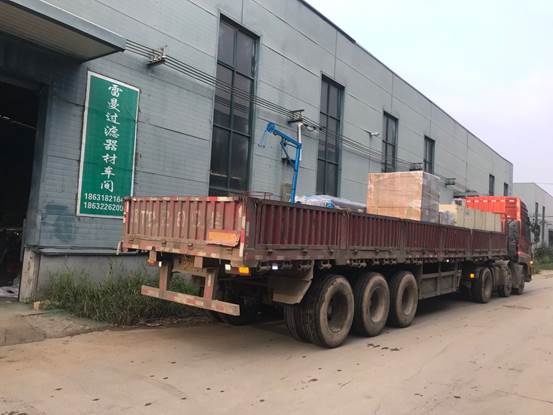Sep . 22, 2024 09:03 Back to list
non woven filter material
Understanding Non-Woven Filter Materials Applications and Advantages
Non-woven filter materials have revolutionized various industries, providing efficient filtration solutions across diverse applications. Unlike traditional woven fabrics, non-woven materials are made from bonding processes that involve fibers held together through mechanical, thermal, or chemical means. This unique manufacturing process endows non-woven filter materials with distinct properties that make them highly effective for filtration purposes.
Understanding Non-Woven Filter Materials Applications and Advantages
In the air filtration sector, non-woven materials are commonly used in HVAC systems, face masks, and respirators. The ability to design these filters in numerous thicknesses and densities allows for tailored solutions that meet specific air quality requirements. For example, non-woven filter materials in face masks provide a barrier against airborne pathogens while maintaining breathability, which is crucial for user comfort.
non woven filter material

In water treatment, non-woven filters play a vital role in ensuring clean and safe drinking water. Their structural integrity and high dirt-holding capacity make them suitable for municipal water systems as well as point-of-use filters. Non-woven materials can also be engineered to target specific contaminants, enhancing the overall effectiveness of water treatment processes.
Another significant advantage of non-woven filter materials is their cost-effectiveness. The production process is often less labor-intensive and more energy-efficient compared to woven alternatives. This translates to lower manufacturing costs, which can be beneficial for companies seeking to minimize expenses without compromising on filter performance.
Additionally, non-woven materials can be designed to be disposable or reusable, adding convenience and flexibility to their use. In many applications, especially during health crises like the COVID-19 pandemic, single-use non-woven filters become essential, providing a hygienic solution that minimizes the risk of contamination.
In conclusion, non-woven filter materials are a crucial component in various filtration applications due to their efficiency, adaptability, and cost-effectiveness. With advancements in material science, the future of filtration technology continues to evolve, promising even better solutions for air and water quality management. Embracing non-woven technology could lead to cleaner environments and improved health outcomes, making it a key focus for industries worldwide.
-
Active Carbon Air Filter for Air Purifier – Superior Odor & Allergen Removal
NewsJul.24,2025
-
High-Efficiency Active Carbon Air Filter for Air Purifier | Odor & Allergen Removal
NewsJul.23,2025
-
Active Carbon Air Filter for Air Purifier – High Efficiency Filtration Solution
NewsJul.22,2025
-
Durable Sintered Porous Metal Filter Tube Cup & Machines
NewsJul.22,2025
-
Effective Active Carbon Air Filter for Purifiers | Eliminate Odors
NewsJul.21,2025
-
PLJT-250-25 Full-auto Turntable Clipping Machine | Efficient Automation
NewsJul.20,2025
